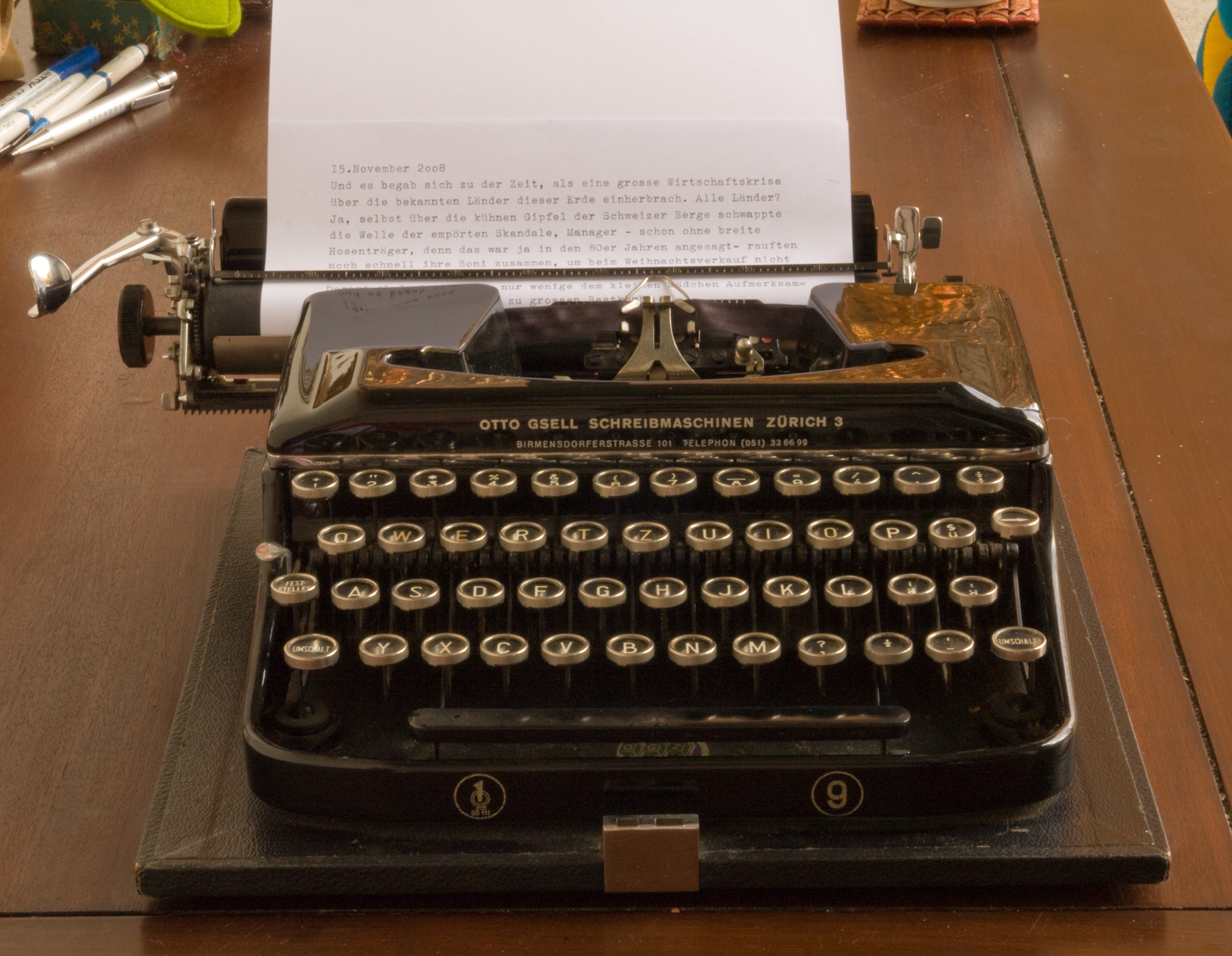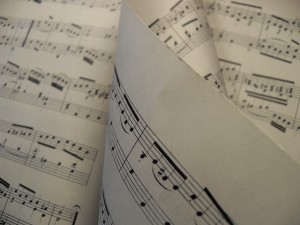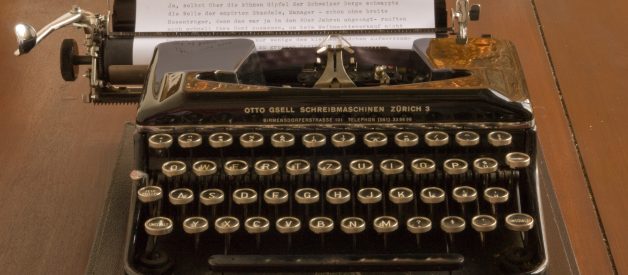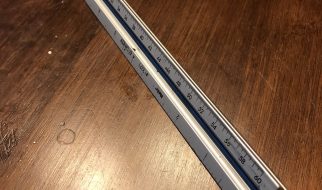
No matter if you?re writing sonnets or lyrics to your next mixtape, these five things are essential to any poem.
Imagery
The only thing that will make your poetry powerful and enticing is great imagery. This goes along with the line you always hear ?show don?t tell.? Only with poetry, it?s ALL show and NO tell. For the love of god, don?t just say that love hurts, give us a metaphor. Show us a weapon, maybe draw some blood. Make it appeal to the five senses.

Rhythm
Yes, rhythm can include rhyme. No, it doesn?t have to. It?s not even recommended. In fact, the further away you can get from Dr. Seuss, the better. (Of course not all poems that rhyme are obnoxious, but I think you can use fair judgement here.)
There are other ways to make a poem rhythmic without rhyme. Stringing words with similar sounds together in a line works very well.
(this is an example of assonance, the repetition of vowel sounds in nearby words)
Simultaneous hate came with the pain
(this is an example of consonance, the repetition of consonant sounds at the end or middle of words)
the same rhymes are momentously timed
Sound
The rhythm of a poem goes along with the general sound of it as well as making it easier to remember. There are two sound patterns to know here. One is soft and harmonious, I like to think of it like the sound of angels humming. This is euphony.
In euphony, words are chosen for their soft consonant sounds and melodious quality.
(euphonious letters/sounds: L, O, S, SH, M, N, Y, W, U, PH, A)
Lulled minds like sunny lakes in summertime
The other sounds more like large metal machines clanging about in an empty warehouse. It?s much harsher and the sounds kind of rattle off your tongue. This is cacophony.
In cacophony, words are chosen for their hard sounds and general obnoxiousness.
(cacophonic letters/sounds: K, J, T, Q, V, C, X, G, Z, CH)
Childish tales of gung-ho attitudes never results in progress

Density
Density is what sets poetry apart from prose (normal speech patterns/ the way fiction and nonfiction books are written) Density is how much is said in how little of space. The ability to use metaphors, not conform to traditional grammar styles, and incorporate sounds and rhythms is unique to poetry. All of these allow for greater density.
As you describe an image, you?re actually underlying a metaphor, which expresses an idea about the human condition, while simultaneously persuading the reader to feel a certain way through the sound and rhythm of the words, and all of this is done in the same space. Pros can?t, and never will, be able to do that.
Line
In traditional poetry, you?re a prisoner to the line. The line owns you, telling you ?Four lines there, five there, then four again.? So as a poet in the hipster age, of course you don?t want to conform. Unless you?re so against the grain that you actually want to write traditional poetry. But whatever the case may be, the line is a very important part of poetry. In fact, that?s another thing that makes it unique to pros. In prose, you can format the lines however you want and it has no impact on the writing. However, in poetry, that?s not the case.
In poetry, the line is like one sentence. And since poetry doesn?t conform to grammar rules, and no one is obliged to use a period, the end of a line is like a period would be in pros. It creates a natural pause, making a break in the flow. This is a tool you can use to control the rhythm of your poetry. So keeping the way you break your lines up in mind is crucial to writing great poems.
Tags
Originally published at www.howtoscreamincolor.com on February 15, 2015.


